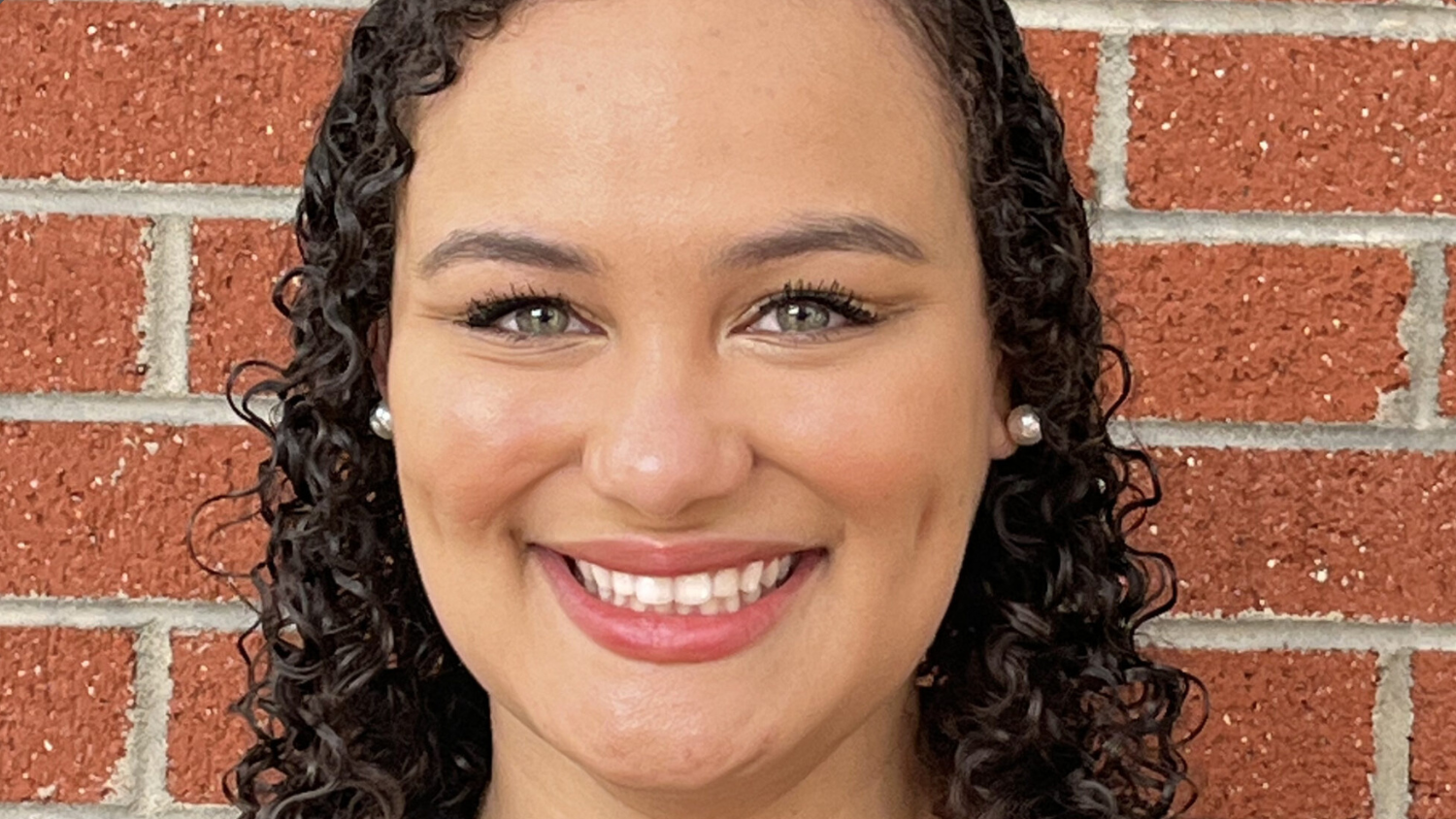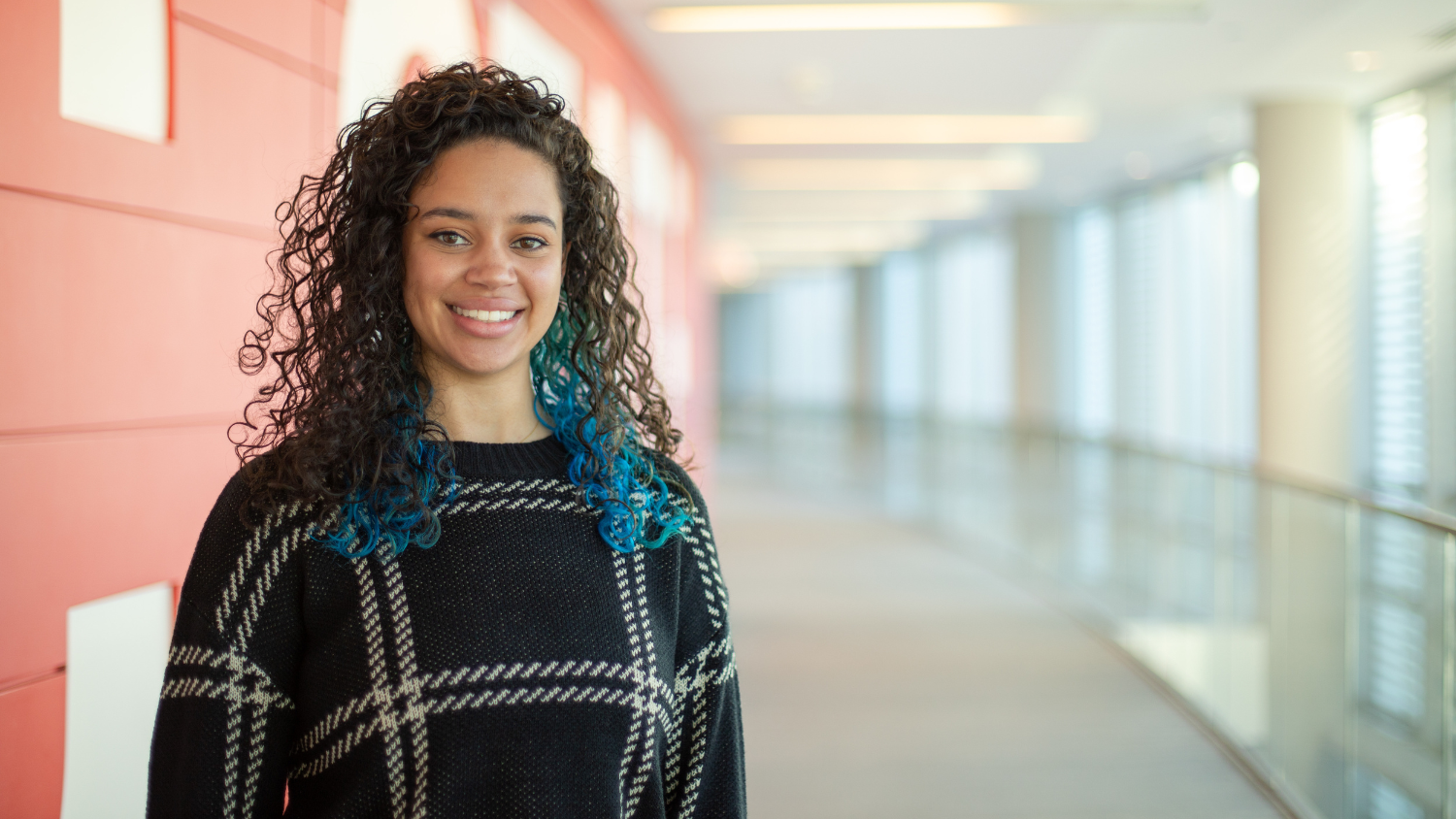Why is it Important for Students to Feel a Sense of Belonging at School? ‘Students Choose to be in Environments That Make Them Feel a Sense of Fit,’ Says Associate Professor DeLeon Gray
This is part of the monthly “Ask the Expert” series in which NC State College of Education faculty answer some of the most commonly asked questions about education.
When students feel a sense of belonging in the classroom, it can increase their educational success and motivational outcomes in multiple ways, and teachers can help create this feeling of belonging by building connections between classroom and community, according to DeLeon Gray, Ph.D.
Gray, an associate professor of educational psychology and equity in the NC State College of Education, studies how to help students, parents, teachers and community stakeholders unpack belonging and motivation to support students’ engagement, learning and productivity.
“A sense of belonging at school means feeling a sense of acceptance, respect, inclusion and support in a learning environment,” Gray said.
Gray said students who feel a sense of belonging at school are typically more energized, more likely to spend time on-task and return to activities, and more likely to choose to be in the school environment.
Students who don’t feel a sense of belonging, however, often struggle to devote their full cognitive resources to tasks and experience issues with emotional wellness. These feelings could manifest in frequent visits to the nurse’s office or even truancy, as students look for a way to avoid environments where they feel as though they don’t belong.
“The negative impacts of not belonging can be cyclical in the sense that you can have a negative or disconfirming experience about your identity or your place within the school and that might lead you to try to make up for that in some way, which could also lead you to do things you wouldn’t otherwise do if your belonging needs were met within that educational context,” Gray said.
How Educators Can Help Foster Feelings of Belonging
One way teachers can help prevent students from mentally or physically checking out of the educational environment, Gray said, is to create instructional opportunity structures that help students feel a sense of continuity between home and school. This is especially important for historically underrepresented students, who benefit from seeing their ancestral heritage and community represented in the classroom.
To help build these connections between community and content, Gray recommends teachers bring in community members, artifacts or even local news stories to reinforce concepts that are covered in the curriculum. Teachers can also give students opportunities to discuss the ways in which the content connects with their outside lives, allowing them to drive connections themselves.
“This gives more meaning and life to the activities that students do and makes those activities more valuable for students to engage in,” Gray said.
Gray, who works with students in Durham, North Carolina through iScholar–an ongoing, community-engaged partnership between NC State students and faculty and Durham teachers, educators, leaders and students– said he has found success incorporating things students are passionate about into lessons.
For example, sneaker culture is very important to the students iScholar serves, so they brought that into a lesson on space exploration, asking students to design shoes that would be both aesthetically appealing and protective for a mission to Mars.
“We talk about cultural relevance at a very broad level, but when we break that down to bringing culture and belonging inside of a school, it means recognizing where students are,” Gray said. “Students got to express their creativity and ultimately design a shoe that honored their culture. For them, the take-home point was that going into outer space doesn’t have to come at the expense of leaving your culture behind.”
To understand what matters to their students, teachers need to build interpersonal relationships with youth of all backgrounds through authentic compliments, authentic praise and authentic connections, Gray said.
Teachers can self-disclose information about their own lives to build relationships with students as well as create time and space in the classroom for students to share about their lives outside of the school environment. One activity that works well, Gray said, is to pass a ball around at the beginning of class and, as each student holds the ball, they are given an opportunity to share one good thing that has happened to them that day.
“That provides so much ammo for the teacher to then weave these connections for students in and out of their lessons,” he said.
Educators can also help foster a sense of belonging in their classrooms by having high standards combined with rigorous support, adopting a communal orientation and letting students know they have the safety to be wrong, because mistakes mean that they are being ambitious.
“These strategies all hinge on students understanding that they have a place inside the classroom, they have rights and the classroom is centered around their experience,” Gray said.
Creating a Physical Space that Reflects Your Students
In addition to individual classrooms, Gray said that the overall school environment can also be leveraged to increase a sense of belonging among students.
In 2019, students who participated in iScholar won a national design competition by designing a school that honored students’ cultures, drawing inspiration from ethnic and indigenous patterns to design the architecture of the proposed building.
Although redesigning a school building is likely not an option in most cases, Gray said educators can still give students a sense of ownership over their schools by giving them a say in the way things are done.
For example, students can be made members of an advisory board to help make decisions or can be given a budget and time to collaborate in order to lead new initiatives inside the school.
“Students choose to be in environments that make them feel a sense of fit. This is especially important during adolescence and emerging adulthood, where questions of identity are prevalent,” Gray said. “If these questions are answered within a certain space that students are in, they will choose to be there mentally and physically.”
Video by Ryan Clancy
- Categories:



